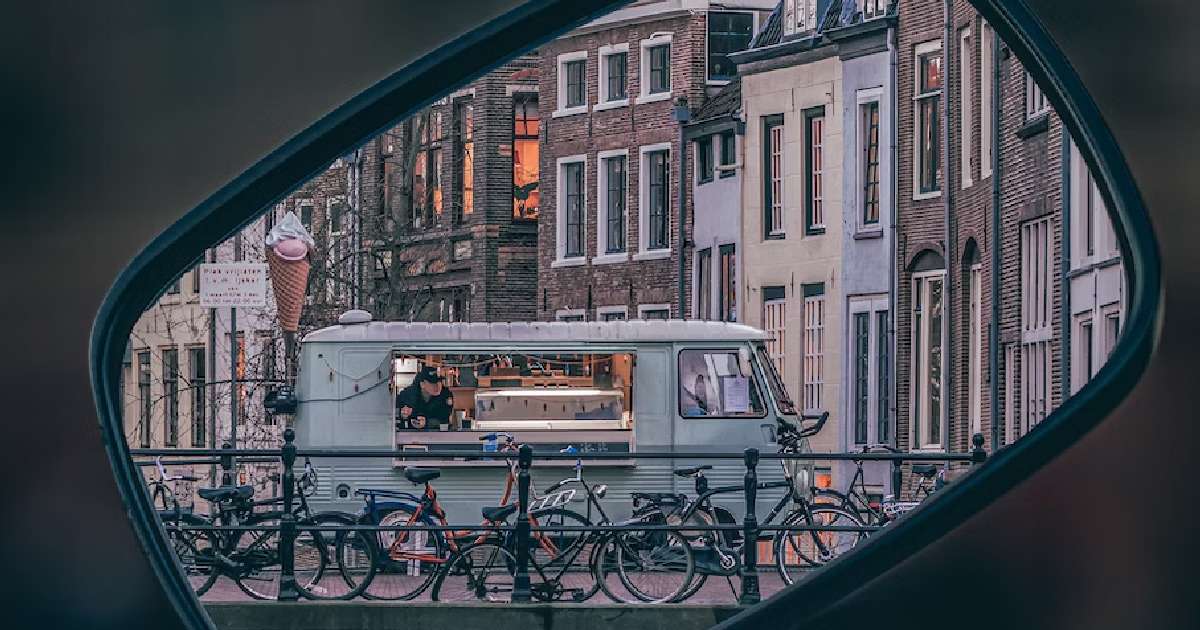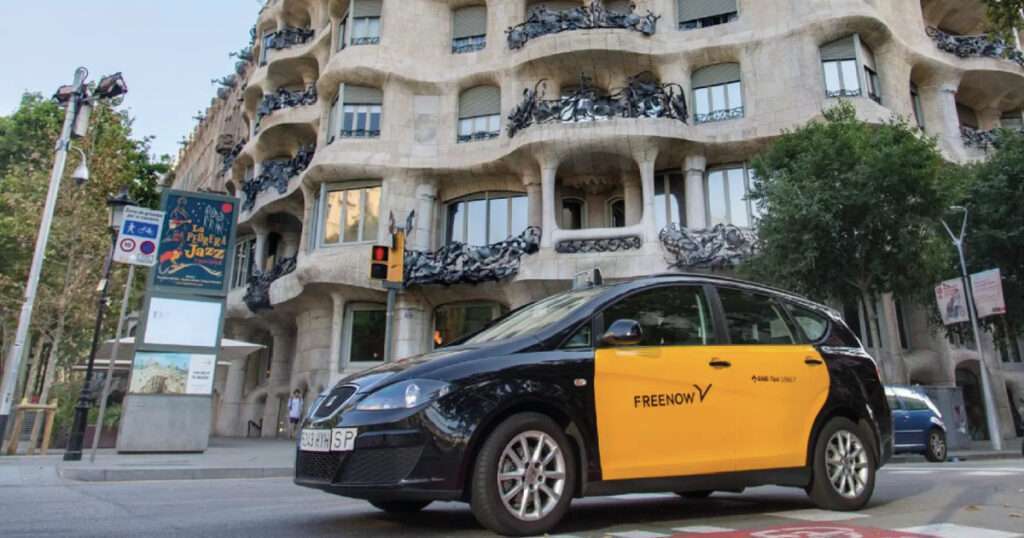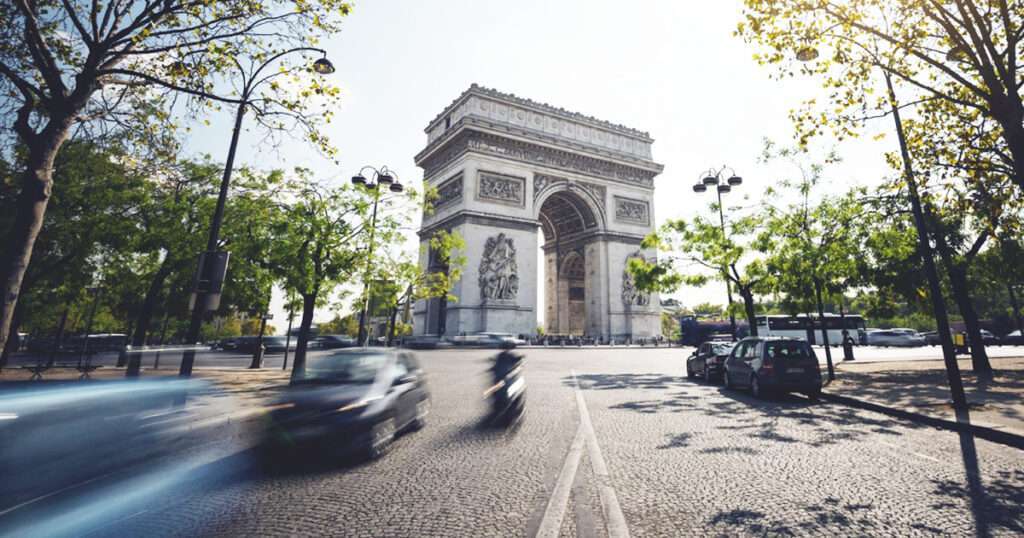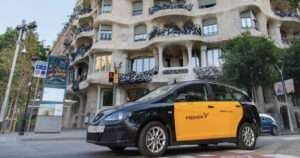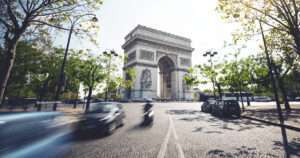Known as the cycling capital of the world, the fourth-largest city in the Netherlands is a true model of sustainable mobility. The roads here have been entirely designed for bicycle traffic for more than thirty years. This pro-bicycle policy now ranks it at the top of the world ranking of the most bicycle-friendly cities in the world. In this period of containment end, we thought it would be interesting to take a look at the means implemented by this city of nearly 352,795 inhabitants to encourage the use of bicycles.
Utrecht, the bike paradise, 100% « bicycle-friendly »
With the slogan “We all cycle”, the Dutch city has been ranked first in the “Global Bicycle Cities Index 2019” by the German insurer Coya. The index is based on 90 cities around the world and is based on various criteria such as the cycling rate per capita, the number of accidents, safety, weather, and the percentage of theft and break-ins. Utrecht came first with a score of 77.84, far ahead of Munster (65.93) and Copenhagen (60.46).
However, due to the rapid increase in its population from 300,000 to 350,000, with predictions of nearly 430,000 by 2030, the city had no choice but to adapt its existing structures or even create new ones.
Almost €180 million invested since 2013
With almost a third of its inhabitants using bicycles on a daily basis, Utrecht now has no less than 245 kilometres of cycle lanes and 18 kilometres of streets exclusively reserved for bicycles. These infrastructures are the result of work and reflection that has been carried out since the 1970s and are already very environmentally friendly. Indeed, while the use of the car became widespread and experienced a great explosion in the 1960s, the city of Utrecht chose to listen to the concerns of its inhabitants. That is why the city turned to cycle at a very early stage. A choice that proved to be a wise alternative to the car.
Indeed, one of the most emblematic developments of this policy was the car park at the city’s central railway station. With a capacity of 12,500 spaces, including 1,000 for municipal rentals, it was officially inaugurated in August 2019. With a surface area of 21,000 m2 spread over three floors, it is currently recognized as the largest bicycle parking facility in the world.
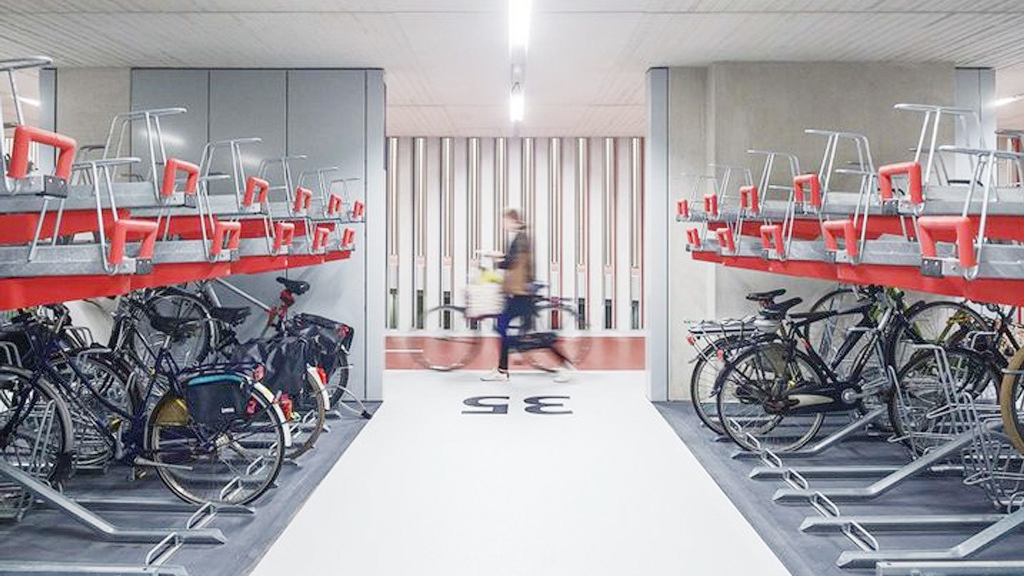
Although it has an impact on the daily lives of thousands of Utrecht residents, some are disappointed with the new car park. Indeed, according to them, its capacity would be insufficient. Compared to the ever-increasing number of cyclists, one out of every two passengers comes and goes from the station by bike. A problem that the city wants to solve. As Frans Jan van Rossem, responsible for the city’s pedestrian and bicycle urban development programme, says, Utrecht “is planning a further expansion, bringing the number of places to 33,000 by 2025”. As added by Frans Jan van Rossem, the city wants above all “to discourage cars, but we must not go too fast and not rush. It’s all a matter of balance and it’s important to have the support of the inhabitants…”.
A city that inspires the world
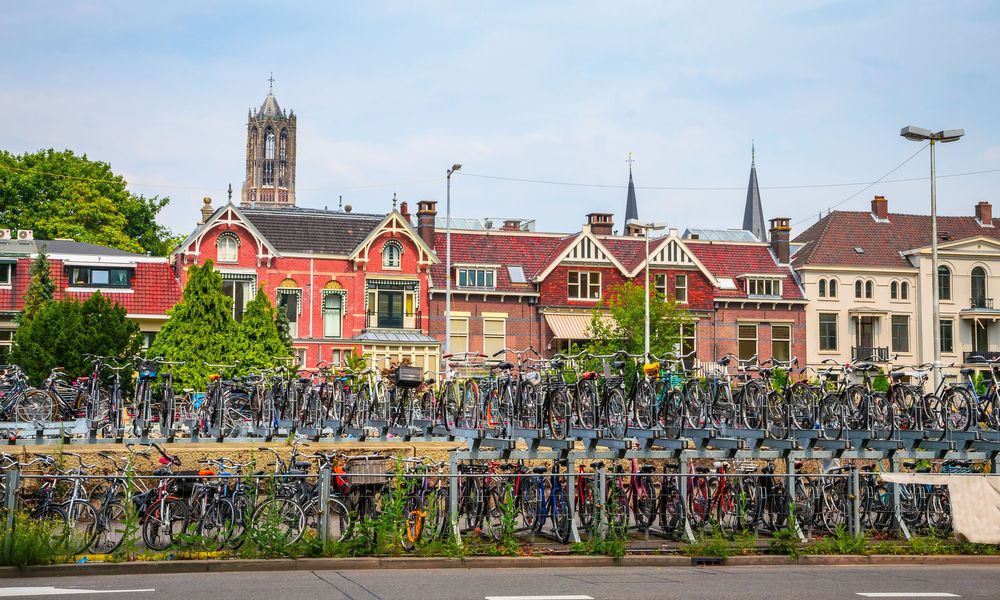
A real example in this period of containment end, it is highly likely that many cities around the world will be inspired by it to establish a new, more sustainable post-COVID mobility strategy. Indeed, as we have seen in our latest infographics, COVID-19, transport and pollution: what lessons can we learn from this crisis? Transport contributes 29.7% of emissions in CO2 equivalent. Pollution, which is falling sharply in many countries during the containment period.
These figures are increasingly encouraging cities to find solutions to reduce car traffic. This is particularly in favour of sustainable and soft mobility. All the more so as our transport habits have been largely called into question with the pandemic. For example, the bicycle budget for Paris (ten times larger than Utrecht) was 150 million euro. For the Dutch city, the budget is 194 million euros. All of which is reason enough to question new measures and investments to be put in place. Although, the Greater Paris recovery plan is an example of the actions implemented by the Île-de-France capital. There are probably still several points to be explored… Urban planning, MaaS application, …
